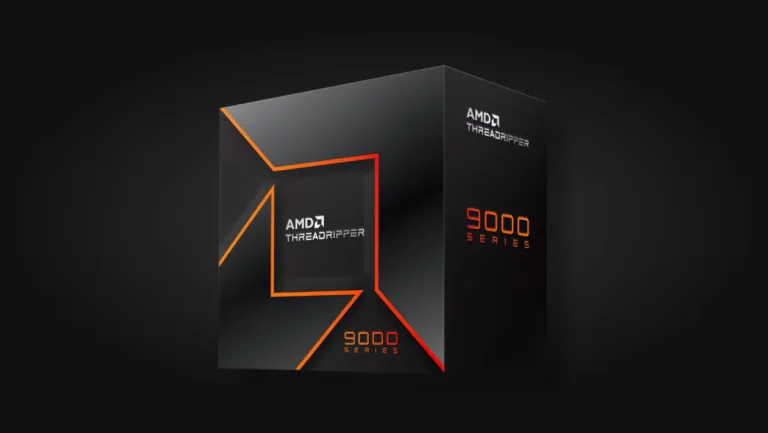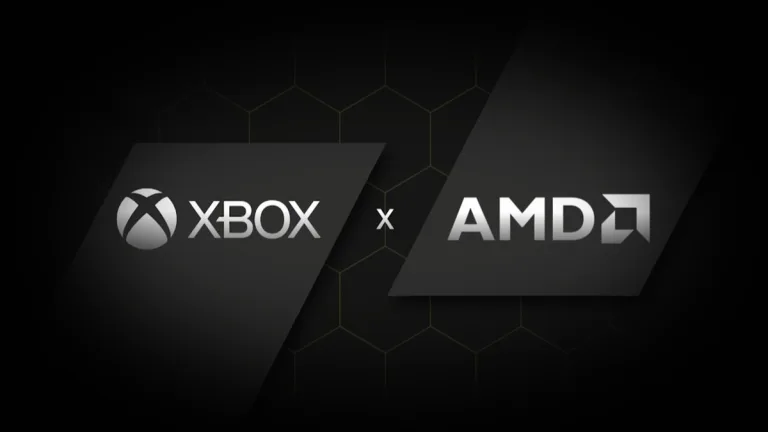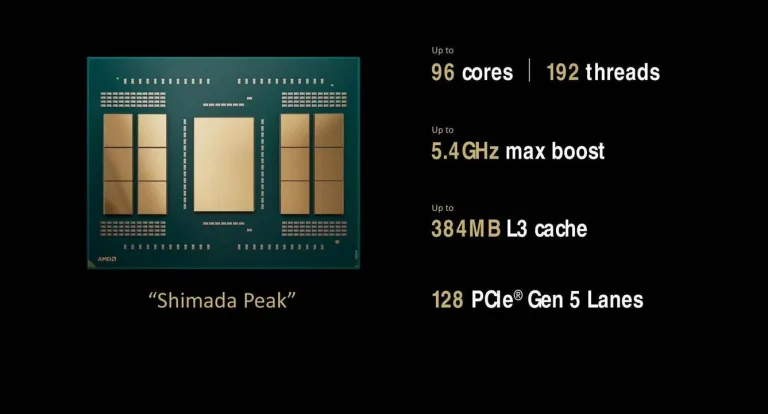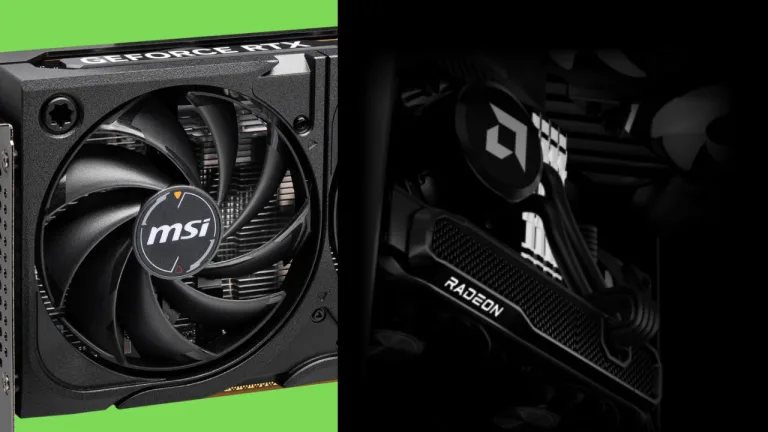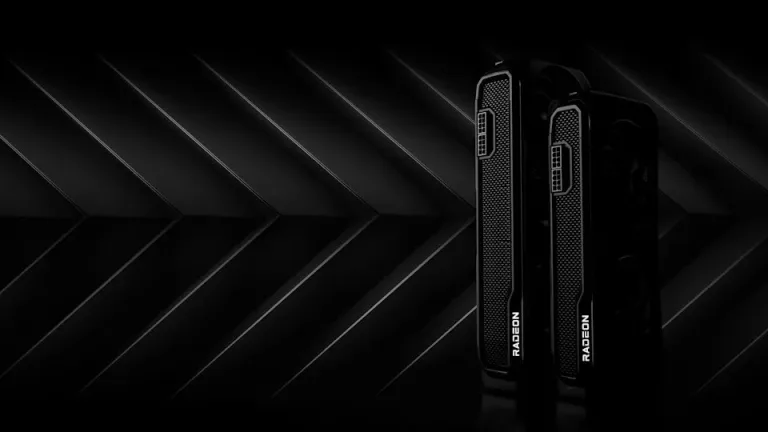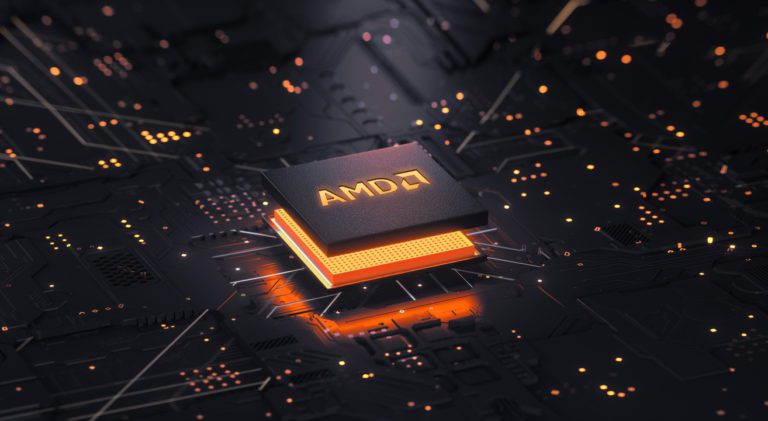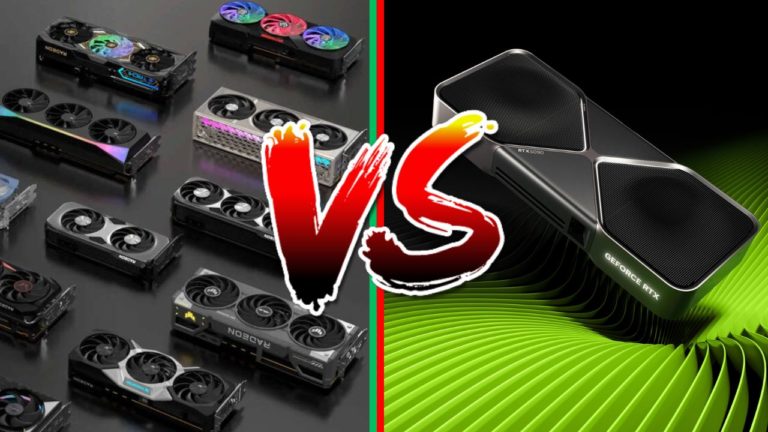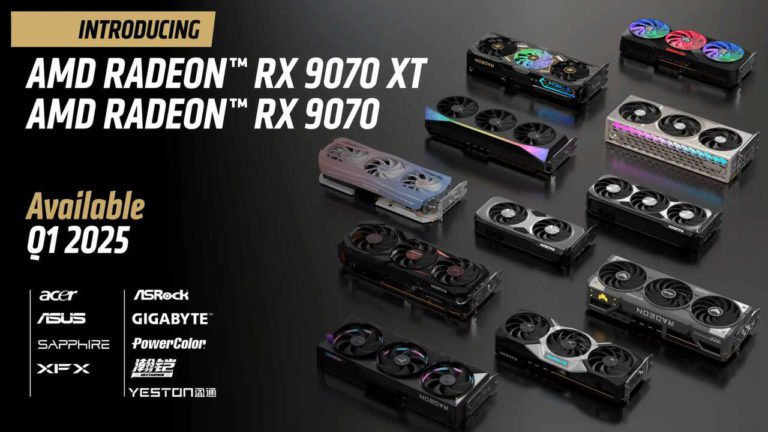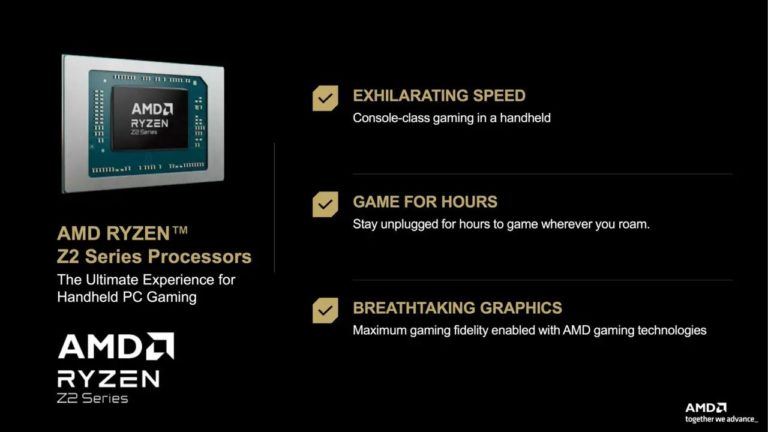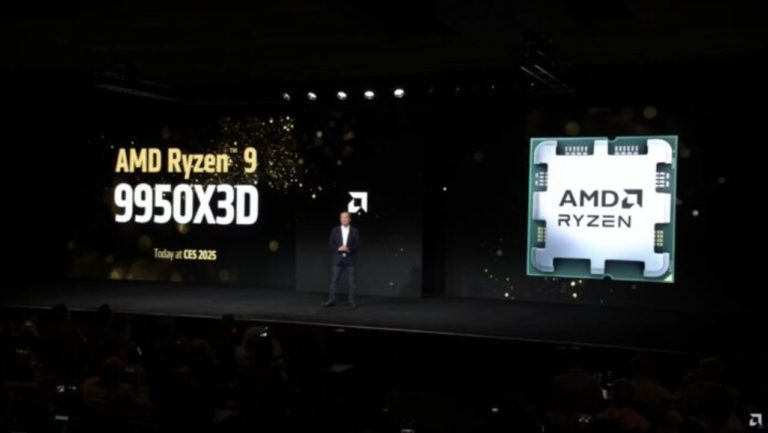If you thought your rig was powerful, AMD just rewrote the definition of “beast mode.” The Ryzen...
AMD
Twenty years ago, Microsoft and AMD embarked on a journey that would redefine console gaming. From the...
AMD has officially unveiled its Ryzen Threadripper 9000 Series processors, codenamed “Shimada Peak”, bringing up to 96...
Computex 2025 has been a battleground for the latest mid-range graphics cards, with NVIDIA unveiling the RTX...
AMD has officially unveiled its latest graphics card, the Radeon RX 9070 XT, alongside its sibling, the...
AMD reported record revenue of $7.7 billion for Q4 2024, which was a 24% increase year-over-year. The...
In today’s video, we’re diving into the game-changing GPU announcements from CES 2025. AMD and Nvidia are...
One of the main thing that gamers were expecting of the AMD turn at the stage of...
Despite being initially leaked before their proper CES 2025 keynote, AMD has finally announced the second generation...
As expected, AMD kicked off its CES 2025 keynote starting with an expected announcement and it is...


